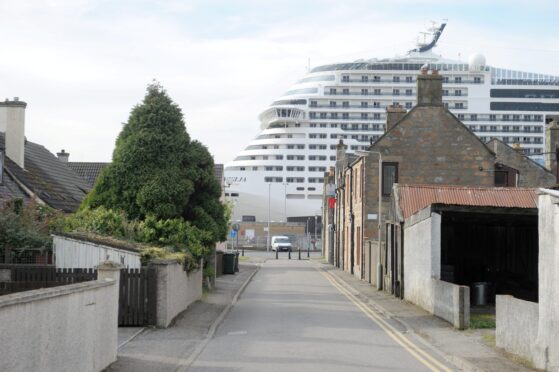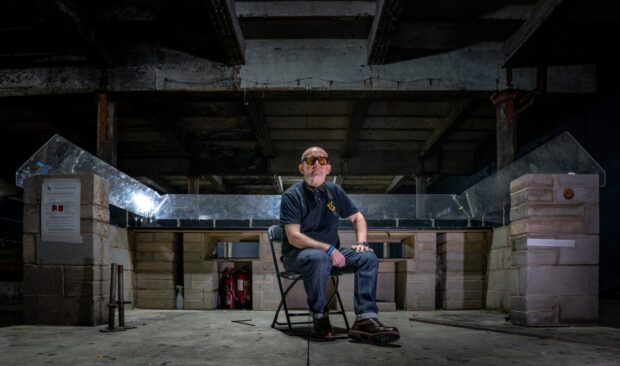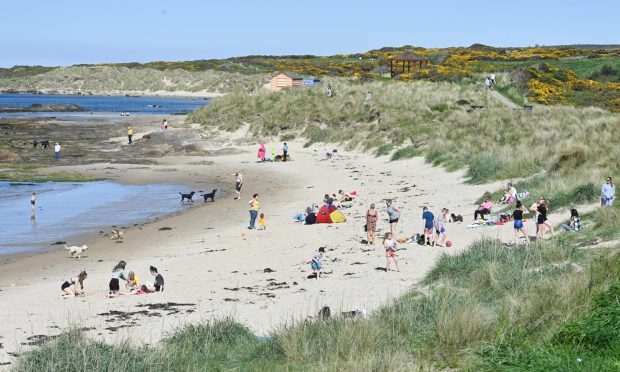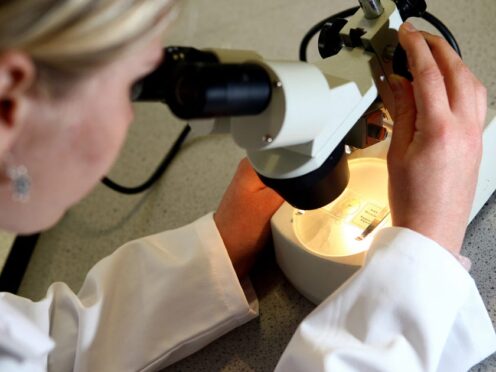CityFibre is working hard to ensure Aberdeen has the right infrastructure in place to support the future of digital education. Here Allan McEwan, City Manager for CityFibre Aberdeen, explains why this work is so important.
While home-working has been quietly on the rise for several years, the pandemic-driven shift to home-learning for students of all ages has been sudden and dramatic.
Overnight, desks and classrooms became tablets and kitchen tables, creating new barriers and challenges nobody could have ever imagined or planned for.
Over the past year, we’ve discovered that broadband is as important as water and electricity to our everyday lives, and that we need to level up access if all learners are to benefit from the next-generation of educational tools.
This is why CityFibre is building a city-wide full fibre network that will bring almost every property in Aberdeen within reach of the fastest, most reliable and highest capacity connectivity available.
Future of education
As well as connectivity issues, many students have had a mixed experience of home-based learning as they haven’t yet had the opportunity to try out more of the digital tools that are now emerging, and find one that suits them.
We all learn differently, and in the classroom it is much easier for the teacher to adapt to different students’ needs.
But, from home, a one-size-fits-all approach can exclude a lot of people.

The good news is that digital technology has become a platform for the development of new approaches to learning that make it possible to personalise it to the students’ needs, capabilities and learning styles.
As a result ‘EdTech’ has really taken off in the UK, with innovators seeing the pandemic as an opportunity to accelerate this unprecedented shift in the way we learn for good.
Recent reports measure its growth at 72% during 2020 in the UK alone, citing augmented reality and digital classrooms as being the key areas of development.
Of course, the success of innovations like these depend wholly on the infrastructure that supports them. Digital connectivity is a crucial enabler of these technological leaps in remote education and training.
Immersive learning
Going back to personalised learning, the best and easiest way to achieve this is by creating immersive learning experiences.
Can you imagine being able to put on a headset to experience the sights and sounds of the Colosseum at the touch of a button, rather than just reading about Rome in a textbook? With technologies like Virtual Reality (VR) and Augmented Reality (AR), this is all a real possibility – at all levels of education. VR simulators, for example, are already being used to train the armed forces and even surgeons.
Studies show that VR and AR technology can boost overall performance by as much as 40% by enabling learning through doing, which is known to double children’s ability to retain information.
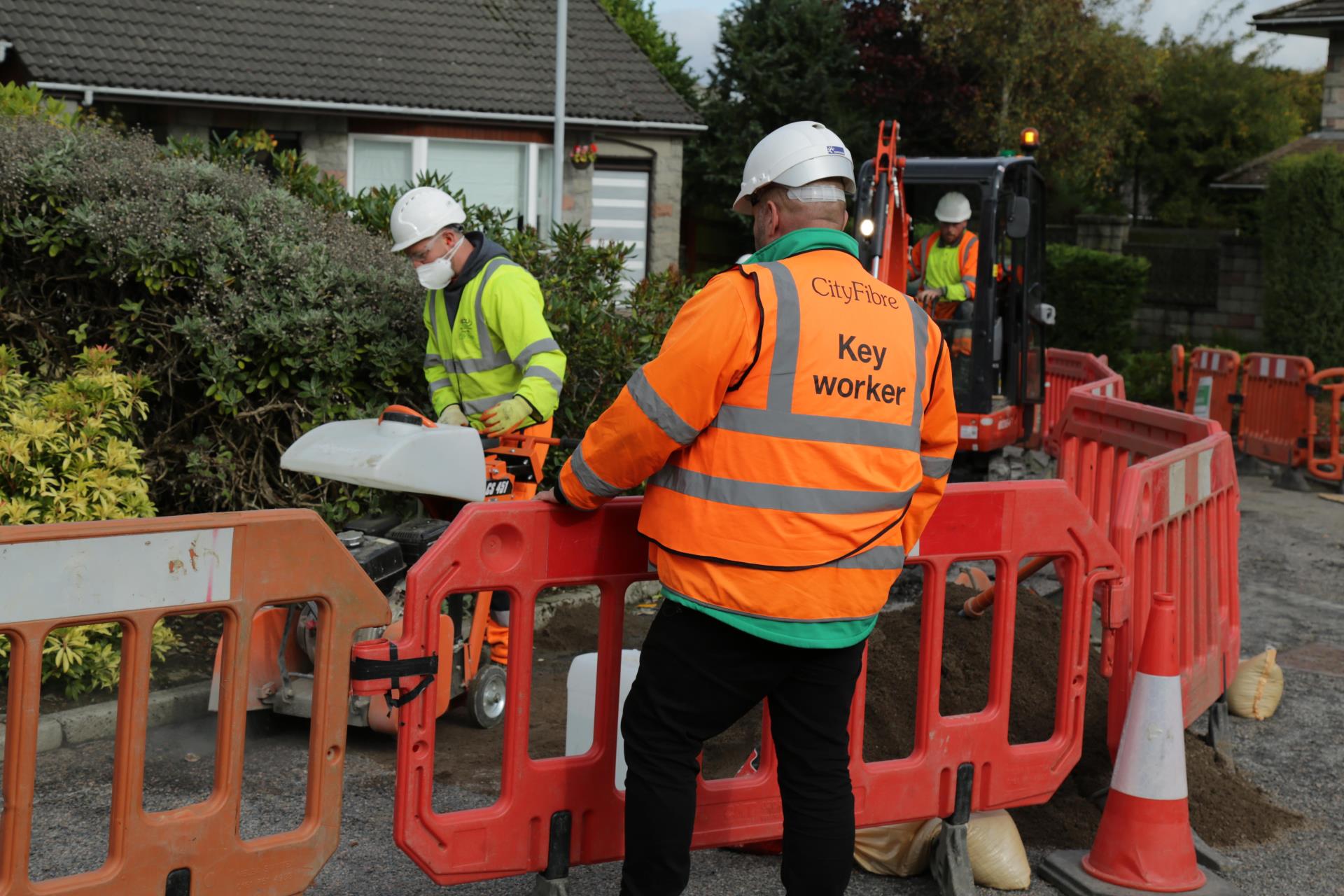
A strong connection
Ultimately, if remote learning methods and new technologies are to become accessible to all, it’s essential that all homes are supported by digital infrastructure that won’t let learners down.
Just as Aberdeen needs roads that can handle every day commuter traffic, home-learning requires digital infrastructure that can support today’s always-on digital lives.
Unfortunately, this is simply not the case with much of the city’s existing communications infrastructure, which was built to carry telephone signals, not data. Currently, less than 20% of premises in the UK have access to Full Fibre, with the majority still restricted by ageing infrastructure.
However, CityFibre is giving Aberdeen a boost by building a new full fibre network that’s future-proofed.
Designed specifically for the digital age, full fibre networks use 100% full fibre technology to carry data at light speed all the way from the home to the point of connection – think of a pristine open highway with no bumps in sight.
This gives users consistently faster speeds for upload and download, and near limitless bandwidth (i.e. everyone in your house can work, study, stream or game simultaneously). With full fibre, you’ll never need to worry about you or your child missing a lesson at home ever again!
In recent months, our build team, led by contractor GCU, began work in several new areas of the city. This included Craigiebuckler, Summerhill, Woodend, Hazlehead, Seafield, and Seaton.
Construction is now complete in parts of Bridge of Don, Airyhall, Albyn, Cove, and Heathryfold.
Meanwhile, services are now live for residents across many parts of the city, including Woodside, Garthdee, Mannofield, Kincorth, Ferryhill, Northfield, Hilton and Torry, with more to follow shortly.
To check availability and keep an eye on which broadband services are live in your street, visit the CityFibre website here.

